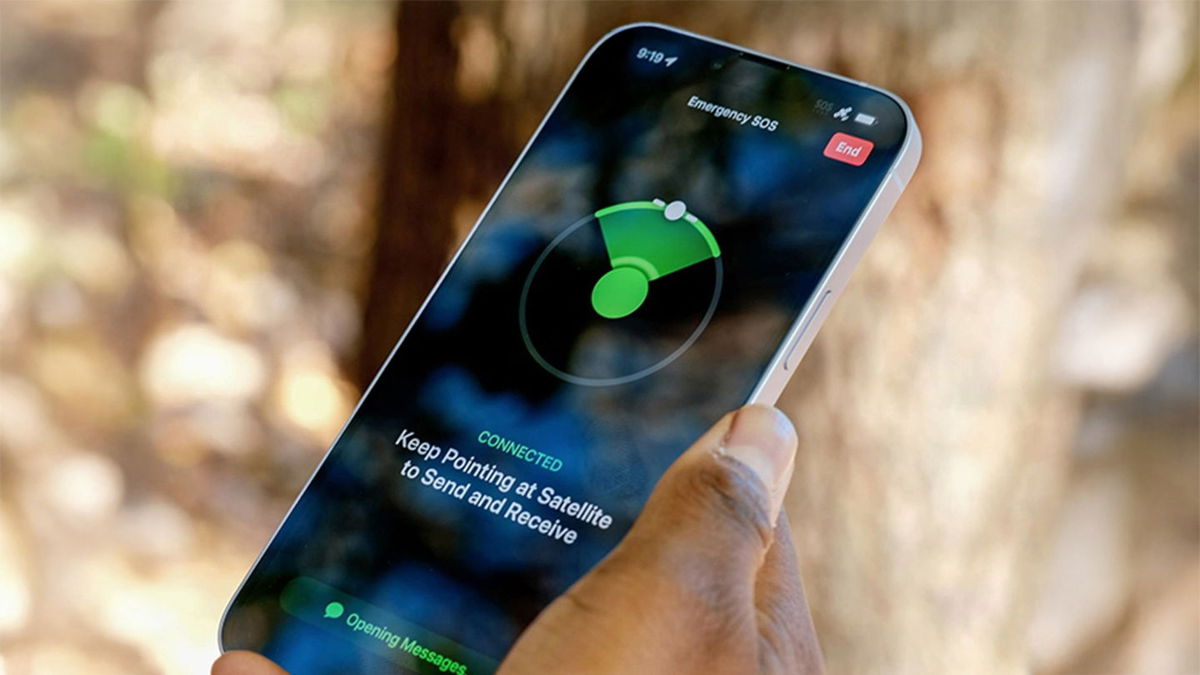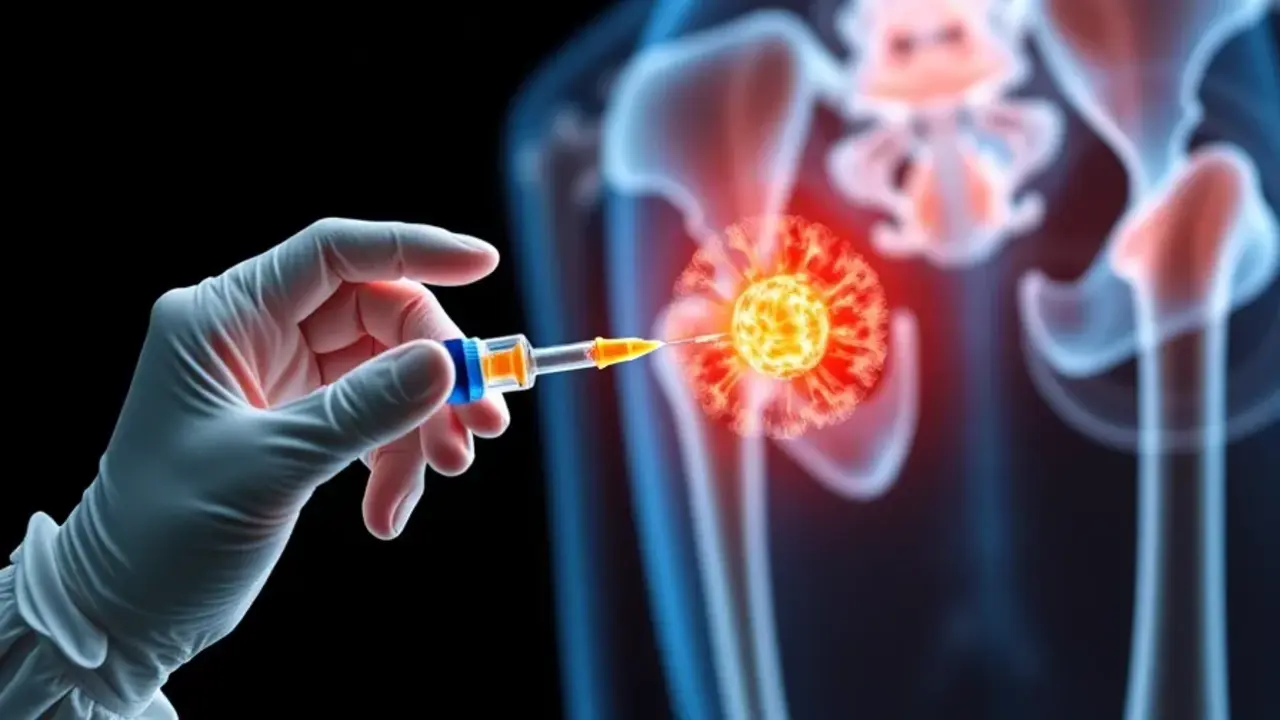A study led by Osaka University and Monash University investigated the potential of Tregs in regenerative medicine. These immune cells not only interact with monocytes and macrophages, key players in the immune system, but also release signaling molecules such as IL-10 that promote tissue repair.
In tests on mice with severe skull defects, muscle wasting, and full-thickness skin wounds, injections of Tregs combined with fibrin hydrogel resulted in faster wound closure, increased bone volume, and increased muscle tissue growth. In the absence of Tregs, healing slowed significantly.
Future studies will aim to determine the optimal timing of Tregs administration to maximize their therapeutic effects.
News materials are not equivalent to a doctor’s prescription. Consult a specialist before making a decision.
Source: Ferra
I am a professional journalist and content creator with extensive experience writing for news websites. I currently work as an author at Gadget Onus, where I specialize in covering hot news topics. My written pieces have been published on some of the biggest media outlets around the world, including The Guardian and BBC News.










